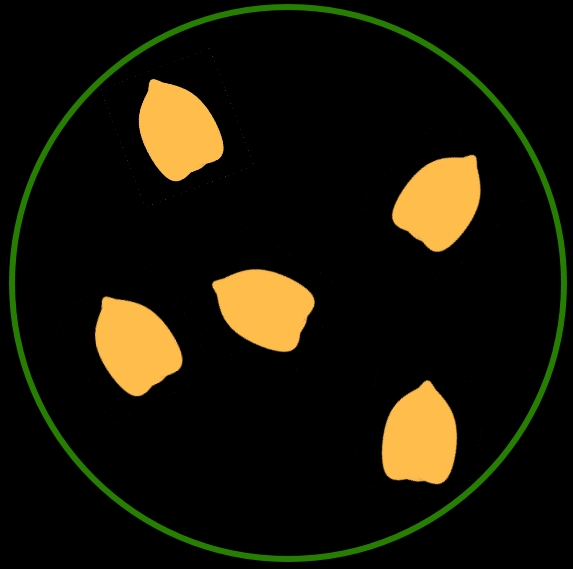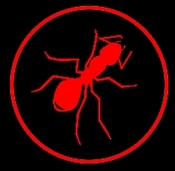Hamster
Cricetus cricetus
Where is it found?
Grasslands and farmland
Diet and foraging method
Key adaptations
Hamsters have large cheek pouches that they use to move food from its source to their burrow to be stored for the winter. Hamsters have very poor eyesight but scent glands on their backs secrete an easily identifiable smell. To find their way around, they leave a trail of scent by rubbing their backs against objects.
Social organisation
Solitary
Did you know that...?
A mother Hamster is very protective. If she fears that her babies are in danger, she will put the babies in her mouth pouches and carry them to safety.
Taxonomy
Picture credits:
Maps from: http://species.mol.org/species/
"Cricetus cricetus Crimea 2" by Bogomolov.PL - Own work. Licensed under CC BY-SA 4.0 via Wikimedia Commons - https://commons.wikimedia.org/wiki/File:Cricetus_cricetus_Crimea_2.jpg#/media/File:Cricetus_cricetus_Crimea_2.jpg
"Cricetus cricetus Crimea 2" by Bogomolov.PL - Own work. Licensed under CC BY-SA 4.0 via Wikimedia Commons - https://commons.wikimedia.org/wiki/File:Cricetus_cricetus_Crimea_2.jpg#/media/File:Cricetus_cricetus_Crimea_2.jpg










